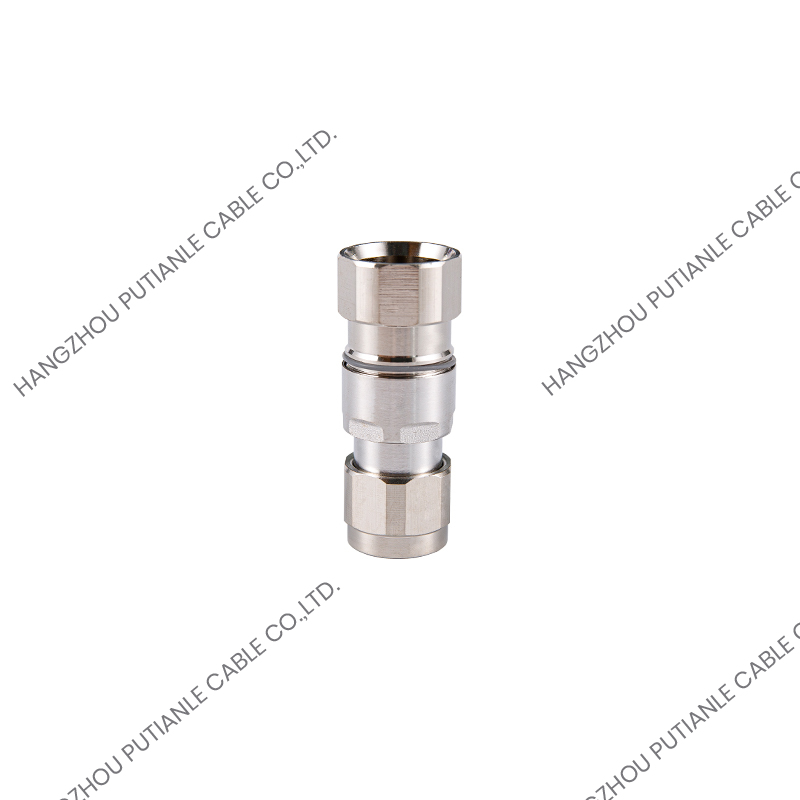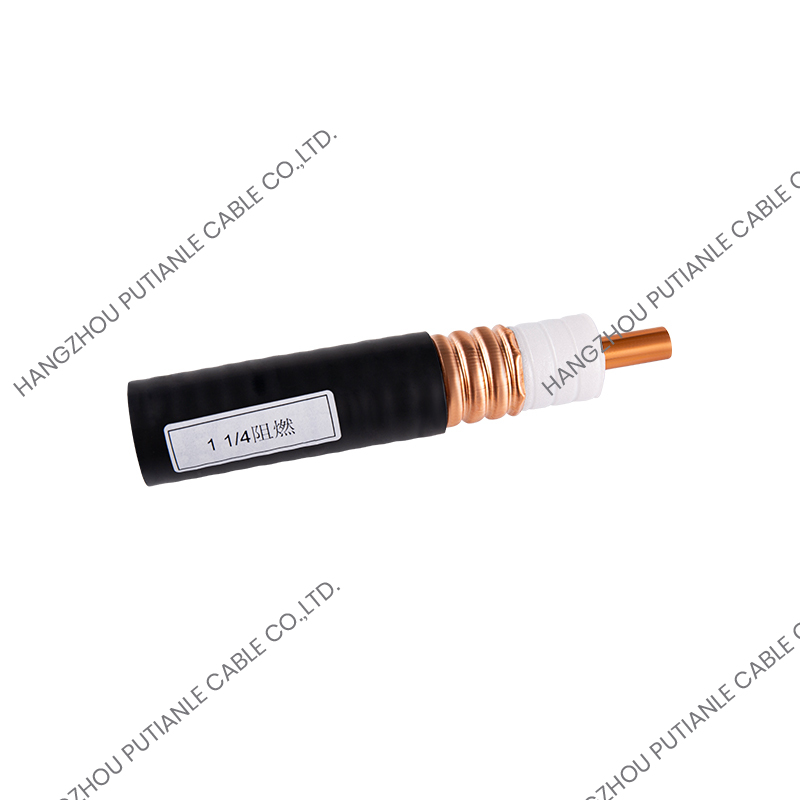Welding is a widely used method for establishing connections in electronic and electrical components, particularly in connectors. When it comes to vibration and shock resistance, welded connections offer several significant advantages:
Welding creates a robust metallic bond between the connector and the circuit board or cable, which results in a solid mechanical connection. This bond is less likely to loosen compared to mechanical connectors, which may be susceptible to vibrations and shocks over time.
Unlike plug-in connectors, which can experience relative movement at the interface under mechanical stress, welded connections minimize this movement. This stability helps maintain the integrity of the electrical connection during vibration or shock events.
Welded connections typically exhibit lower contact resistance due to the uniformity and continuity of the weld. This characteristic is crucial in environments subject to vibration, where increased resistance can lead to heat generation and potential failure.

Vibration can induce fatigue in materials, leading to wear and eventual failure. The strong bond formed through welding is more resilient to these fatigue stresses, ensuring that the connection remains reliable even after prolonged exposure to vibrations.
Welded connections are inherently more robust and capable of withstanding sudden impacts. The solid joint created by welding absorbs and distributes shock loads more effectively than mechanical connections, which can loosen or break under sudden stress.
In applications exposed to shock, such as automotive and aerospace systems, the risk of disconnection is a major concern. Welded connectors are less likely to become disengaged during sudden movements or impacts, providing greater reliability in critical applications.
Welding can facilitate sealed connections, which provide additional protection against dust, moisture, and other environmental factors that can compromise electrical integrity. This sealing further enhances vibration and shock resistance by reducing the potential for contaminants to enter and affect the connection.
Welded connections are generally less prone to corrosion compared to mechanical connections that rely on screws or plugs, which can create gaps susceptible to moisture ingress. The solid bond formed during welding helps maintain performance in challenging environments.
Welded connectors maintain their performance characteristics over time, as they are less affected by the environmental and mechanical stresses that can degrade other types of connections. This consistency is crucial in applications where reliability is paramount.
The robustness of welded connections reduces the need for frequent inspections and maintenance. This factor is particularly advantageous in industrial and aerospace applications, where downtime for maintenance can be costly.
Welding in connector contact mode offers substantial advantages in terms of vibration and shock resistance. The strong, stable bonds created through welding ensure that connections remain reliable even in the face of mechanical stresses. With superior resistance to fatigue, enhanced impact absorption, and additional environmental protection, welded connectors are an excellent choice for applications demanding high reliability and performance under challenging conditions.


 中文简体
中文简体 English
English Español
Español














